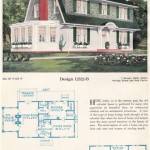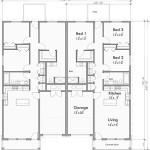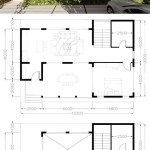Essential Aspects of Quail Layer Cages Plans
Quail farming is a profitable venture due to their fast growth rate and high egg production. Designing efficient and practical quail layer cages is crucial for the success of your operation. Here are some essential aspects to consider when planning your quail layer cages:
1. Cage Size and Density
The size of the cage depends on the number of quails you intend to house. As a general rule, each quail requires approximately 100-150 square inches of floor space. Overcrowding can lead to stress, reduced egg production, and health issues.
2. Cage Height and Shape
The cage height should allow the quails to stand upright and move freely. A height of 12-16 inches is ideal. The shape of the cage should provide ample space for nesting and feeding areas.
3. Ventilation and Airflow
Proper ventilation is essential for maintaining air quality and preventing respiratory problems. Ensure there is adequate airflow through the cages by incorporating ventilation holes or fans. Avoid excessive drafts that can cause discomfort to the quails.
4. Feeding and Watering Systems
Automated feeding and watering systems are highly recommended for quail layer cages. They provide a continuous supply of feed and water, reducing labor requirements and preventing waste. Consider using nipple drinkers and trough feeders to minimize spillage and maintain hygiene.
5. Nest Boxes
Quails require private and secluded nest boxes for laying eggs. Provide one nest box for every 4-6 quails. The nest boxes should be dark and well-ventilated, with dimensions of approximately 10 inches wide, 10 inches deep, and 8 inches high.
6. Flooring Material
The flooring material should be comfortable for the quails while preventing injuries. Non-slip wire mesh or slatted flooring are suitable options. Avoid slippery floors that can cause falls and leg damage.
7. Cleaning and Sanitation
Regular cleaning and sanitation are vital for maintaining the health and well-being of your quails. Ensure the cages are thoroughly cleaned and disinfected on a regular basis to prevent disease outbreaks.
8. Lighting
Quails require 14-16 hours of light per day to maintain egg production. Provide artificial lighting if natural light is insufficient. Avoid sudden changes in lighting intensity, as this can disrupt the laying cycle.
9. Temperature and Humidity
Ideal temperatures for quail layer cages are between 65-75 degrees Fahrenheit. Ensure the cages are well-insulated to maintain a consistent temperature. Humidity levels should be kept between 40-60% to prevent respiratory problems.
10. Materials and Construction
Quail layer cages should be constructed using durable and corrosion-resistant materials such as galvanized steel or stainless steel. The cages should be assembled securely to prevent injuries to the quails.
By considering these essential aspects when designing your quail layer cages, you can create an efficient and practical environment for your quails, ensuring optimal egg production and overall health.

Quail Cage Design And Plan Coop Raising

Commercial Quail Cages For Egg Ion

Quail Cage Build Made Easy Simply Homestead

Quail Cages Chinaencage Com

A Type Galvanized Steel Automatic Quail Birds Cages Breeding 6 Tiers

Quail Cage Build Made Easy Simply Homestead

Quail Cages Chinaencage Com

Building A Quail Hutch Part I House Rabbit Hutches

Quail Cage For With Great S High Quality Breeding Cages

Commercial Quail Cages For Egg Ion








